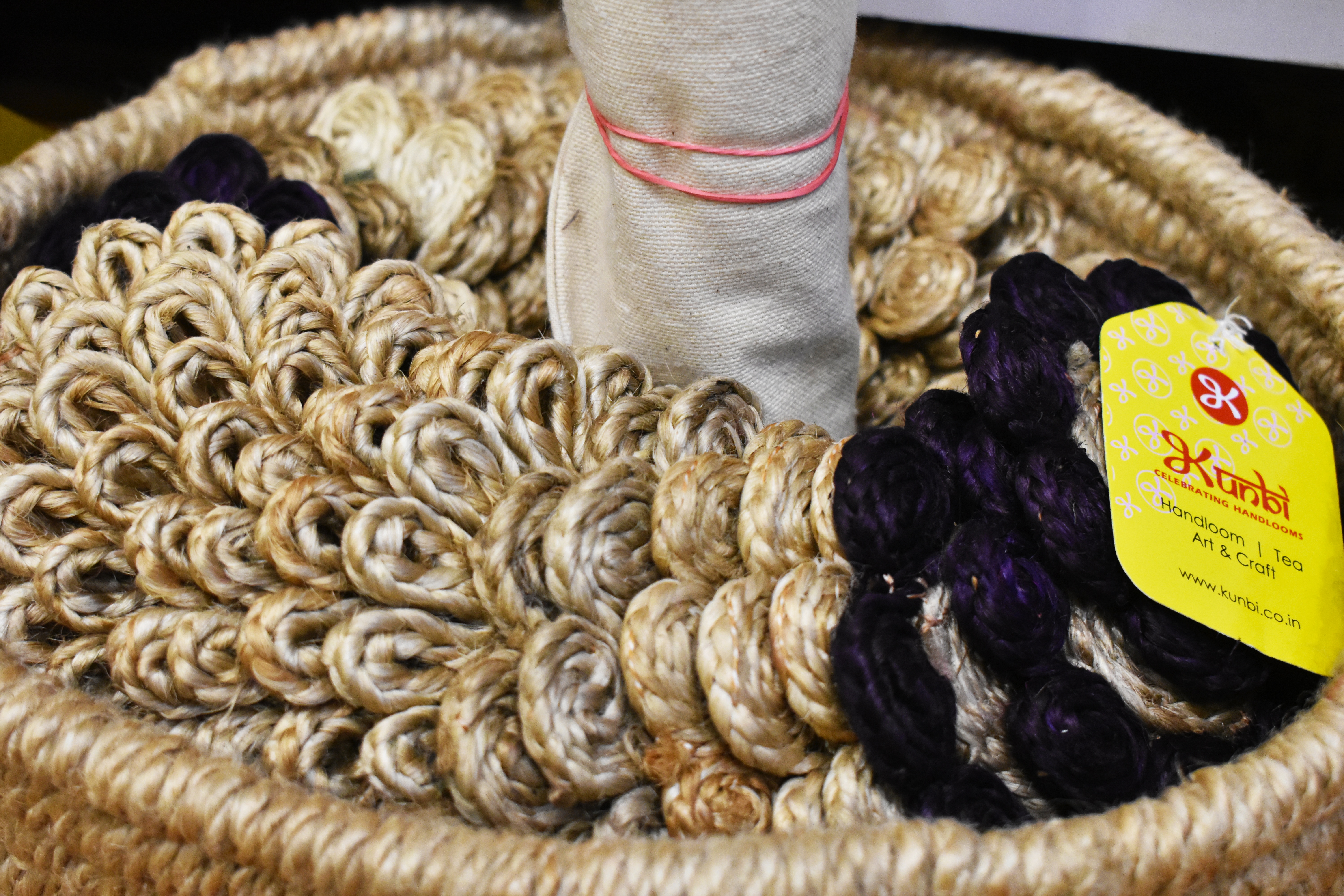Importance of the Handicraft Industry in the Modern Day

India is a country with a diverse culture, history, and customs. India is one of the world's largest producers and suppliers of handicrafts. For a long time, India has been a significant manufacturer and supplier of handicrafts. This art and industry was a possible economic benefit for the country before the industrial revolution. The growth of the online handicrafts store in India has also gained immense support and development.
In the economy of the country, the handicrafts sector plays a considerable and crucial role. It employs many artisans in rural and semi-urban areas and creates significant foreign exchange for the country, all while conserving the country's cultural legacy. Handicrafts have a lot of potential because they are the key to supporting the existing set of millions of artists distributed over the country and the growing number of new entrants into the crafts industry. Handicrafts currently contribute significantly to job creation and exports.
The importance of handicrafts has risen in recent years as a result of their cultural and commercial value. Small-scale industries, such as handicrafts, can play a significant role in the economic development of industrialized and developing countries. Small workshops with fewer than 100 employees produce 90-95 percent of the world's total industrial products. For example, Japan, which is at the pinnacle of economic prosperity, classifies 84 percent of its sectors as small and medium-sized. Handicrafts are as high in quality and volume as mechanized products in nations like India and China, and they are a vital source of foreign earnings.
Classification of Products
The handicrafts sector has a diverse product portfolio and a wide range of products on the market. The following types of handicrafts can be distinguished:
Metal and wood dishes, hand-printed linens, embroidered and crocheted items, and more
Shawls, carpets, and bamboo items
Handcrafted jewelry, paintings, earthenware, jute products, marble sculpture, bronze sculpture, leather items, and other miscellaneous handicrafts
Strengths of the Handicraft industry
It showcase a diverse culture, there is a wide choice of products available.
It boasts a well-developed, well-diversified, and well-supported retail infrastructure.
A diverse product range that caters to a variety of markets.
Low labor costs result in a competitive price.
Low initial investment is required.
There is a lot of flexibility in terms of output.
Low entrance hurdles for newcomers.
How is the online Handicraft store making market?
The online handicrafts store has a rising demand among the commoners as the products are immensely distributed in the developing countries globally. The developing fashion industries have handicraft products like the custom-made style, which brings in a new dimension of the whole industry. The development of the domestic and international tourism sector is also benefitting it. The vast collection at Kunbi makes it the most promising distribution channel to the market for selling the crafted products.
 Chat with us
Chat with us